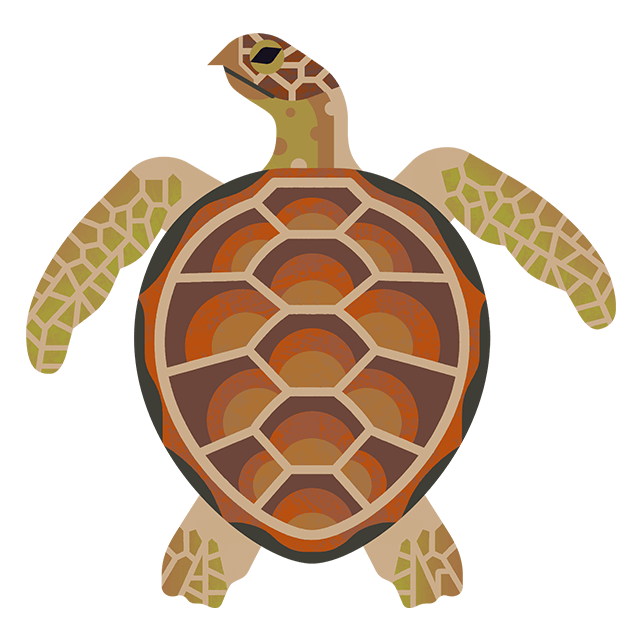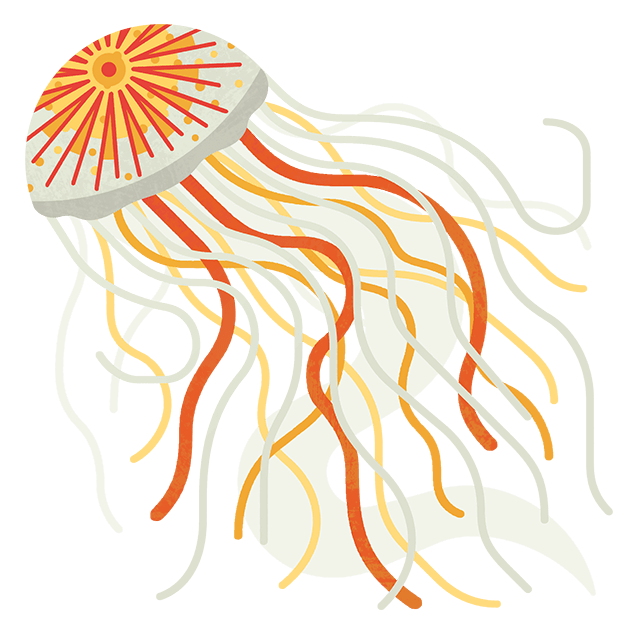
Sad stranded turtles are a sign of conservation success!
4 minute read
It's hard not to feel sad at the sight of a young and emaciated tropical turtle washing up on a freezing British beach – cold-stunned, comatose and a long, long way from home. But these increasingly frequent UK sightings could actually be a sign of their recovery.
Recent turtle sightings
A couple of weeks ago, the papers reported on Tally – a juvenile Kemp’s ridley turtle that washed up barely alive on Talacre Beach in Clwyd, North Wales after Storm Arwen. The turtle was reported to British Marine Life Divers Rescue (BDMLR) and promptly taken to Anglesey Sea Zoo for rehabilitation.
Another young Kemp’s ridley was reported to the Marine Conservation Society wildlife sightings page from the Isle of Harris the following day. Sadly that one wasn’t so lucky and was dead when discovered by beach walkers.

Kemp's ridley turtle washed up on the Isle of Harris
Credit: Ruth A Hamilton
Turtles in UK waters
These strandings are not unusual. Kemp’s ridleys are in fact the third most commonly reported sea turtle in our seas, with 69 sightings reported in UK and Irish waters between 1748 and 2020. They are long way behind loggerheads (264) and leatherbacks (2108), which are seen way more often.
Other sea turtle species recorded in UK and Irish waters include the green turtle (15 records), one hawksbill in Ireland in 1983, and an olive ridley turtle that stranded on Anglesey in 2016. Named Menai, that turtle was also taken to Anglesey Sea Zoo for rehabilitation.
The only sea turtle species not recorded here is the flatback turtle, but they only occur in the seas around Australia, so it would be nothing short of a miracle if a flatback turned up in Blighty!
Winter visitors in need of help
Leatherbacks regularly migrate to UK waters and time their arrival so they can gorge on our abundant summer jellyfish blooms – happy, healthy, live and very fat adult leatherbacks are spotted swimming in our seas every summer.
We also see larger loggerheads with a front flipper missing, cleanly cut and almost certainly the result of an interaction with fishing gear on the high seas.
An angry, entangled loggerhead has a powerful bite, and it’s easier for fishermen to remove a snapping loggerhead from their gear with a swift machete hack than to risk fingers trying to carefully disentangle it. These tragically compromised turtles also struggle to swim against the North Atlantic Drift.
Rehabilitating stranded turtles
Signs of recovery
Indeed, we shouldn’t be too sad about these strandings. A recent analysis by the University of Exeter (Botterel et al. 2020) confirmed that incidences of hard-shelled turtle strandings in UK and Irish waters have increased since the 1980s.
For the Kemp’s ridley this is a reflection of good news. Kemp's ridleys nest only on a couple of beaches in the Gulf of Mexico. By far the biggest rookery is in Mexico (Ranch Nuevo, Michoacán) and a very much smaller one has been established in Texas (Padre Island).
After devastating declines since the late 1940s due to poaching on the nesting beaches and bycatch in shrimp trawls, Kemp's ridley turtles were on the brink of extinction in the 1980s. The number of nests reached a record low of 702 in 1985, representing fewer than 250 nesting females.
Since then, the governments of Mexico and USA have invested in strict protection on the nesting beaches and introduced mandatory turtle-excluder devices on shrimp trawl nets – massively reducing bycatch in the Gulf of Mexico.
What to do if you find a turtle
With all this stormy weather we expect to see more juvenile turtles stranding on our shores over the winter. If you find a turtle on the beach you can help. DO NOT PUT IT BACK IN THE SEA. If possible, get it away from the surf in a sheltered place and report it to the relevant number using the UK Turtle Code.
Experts will come to collect it whether it's dead or alive, because even dead specimens can provide valuable scientific information from the postmortems carried out under the UK Cetacean Strandings Investigation Programme (it also investigates turtles!).
Please also report your turtle on the wildlife sightings page of the Marine Conservation Society website.
Let’s hope that Tally the Talacre Kemp’s ridley – and any other turtles rescued from our beaches this winter – respond well to a bit of UK hospitality and eventually make it back to warmer seas.








